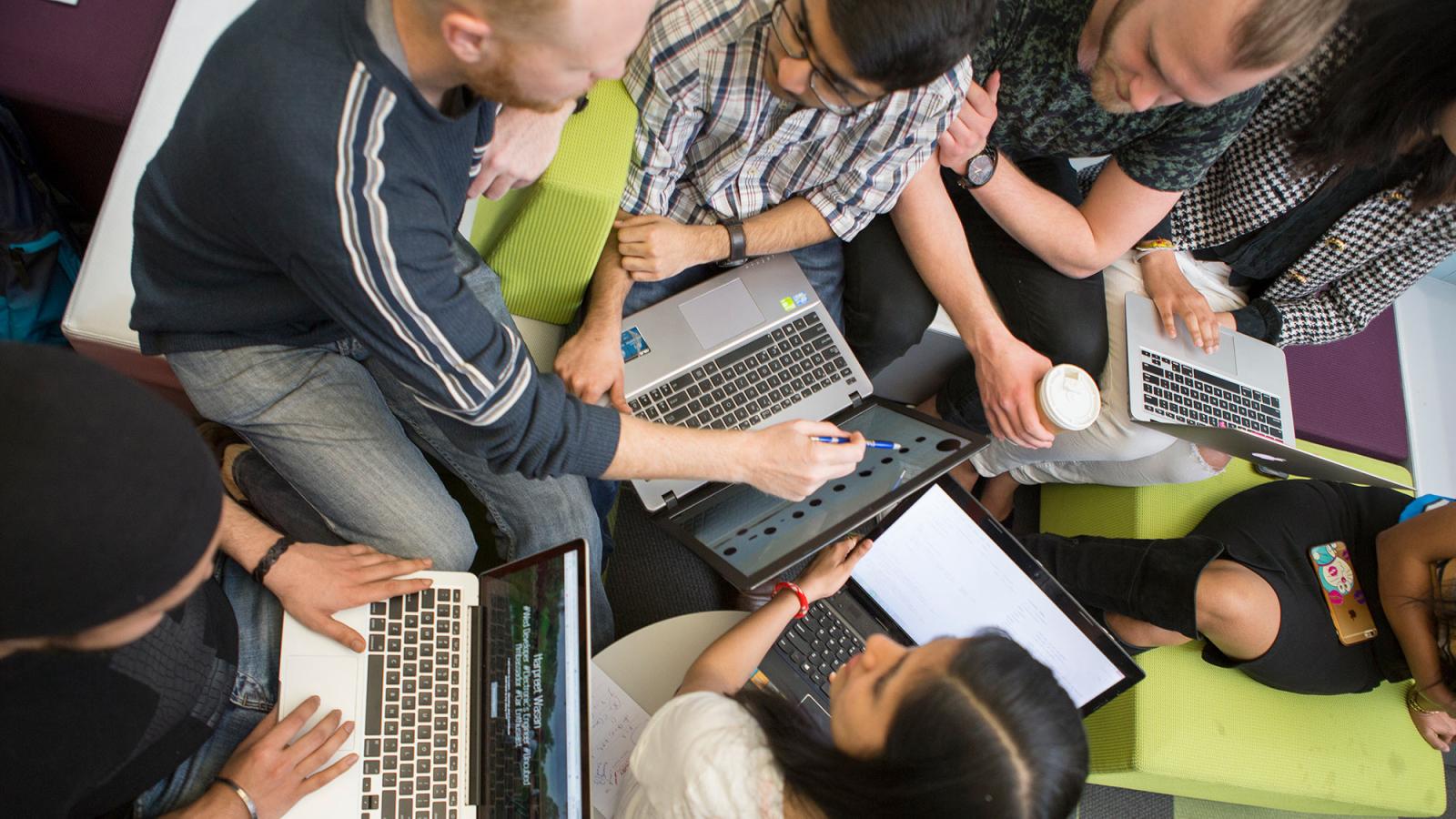The Location Analytics and GIS Lab for Education and Research focuses on spatial or geographic data. Within that category is not just the capture, storage, organization, analysis, and presentation of data, but the many different disciplines in which data can be collected and used. GIS technology is used in many fields, such as for scientific research into natural resources and climate change, for government resources like public health and crime mapping, and for business and industry areas like real estate, landscape architecture, and more.
You’ve probably used GIS technology on many occasions, even if you didn’t realize it. When you use your smartphone to search for the nearest gas station, your results will come up based on your location. If you have used Uber, Lyft or Airbnb, you are using GIS. If you’ve played the augmented reality games Pokémon Go or Ingress, yep, that’s GIS too!
GIS is also crucial for business decision making. If Starbucks wants to open a new store in Westchester, New York, spatial analytics can collect demographic and other information that is used to recommend the best location as the northwest corner of Main Street instead of the southeast one.
The possibilities are endless and are used across all industries and disciplines, making GIS an excellent area to study or do research. In today’s data-driven world, being able to manipulate, and analyze data into easily digestible bites of information, and into business recommendations, has plenty of career implications for students as well as research opportunities for faculty.
